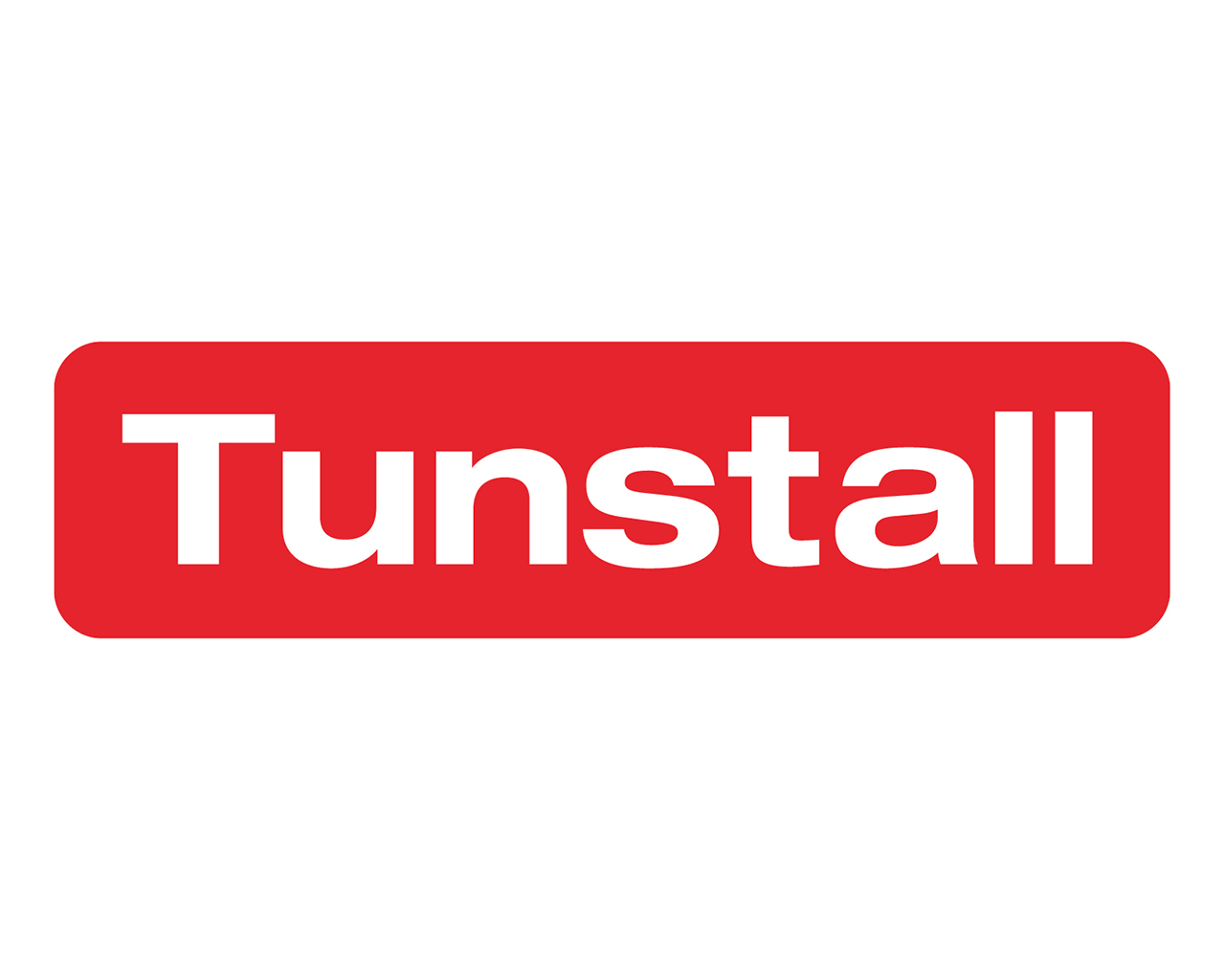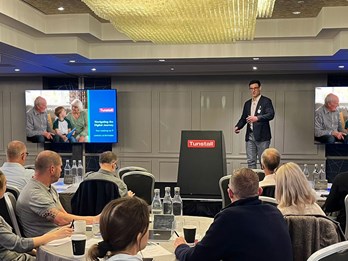I am very happy with the service. Whenever I have a problem they’re always there to help and there’s always someone here very quickly if you fall. I had left things on the stove before and there could have been a fire, so I was given a heat detector. I haven’t burned anything since, but I know that if I do the service will keep me safe at home.
Aurora, 81, telecare service user
Background
Tunstall supports more than 475,000 people across Spain with telecare and associated services, and its eight monitoring centres manage more than 17.7 million calls each year. Tunstall supports over 165,000 people in Catalonia; 85,000 under Barcelona’s municipal teleassistance service, and 80,000 under Barcelona’s Local Teleassistance Service (SLT). Commissioned by Barcelona Provincial Council in conjunction with the municipalities in the province, 12% of people aged 65 years and over and 31% of people aged over 80 receive the SLT service.
What We Did
The Tunstall teleassistance service combines telecare monitoring and response, coordinates social care and third party services and delivers proactive outbound contact from monitoring centres. Teleassistance aims to provide continued contact and support to older and vulnerable people in the community, helping them to remain independent for as long as possible and delay or avoid the need for more complex interventions.
PREVENTATIVE APPROACH – 60% of calls are outbound, with operators proactively calling service users on a regular basis to check on their wellbeing, remind them of appointments, prompt them to take medication, confirm medication has been delivered or wish them a happy birthday. REACTIVE
CALLS – operators will also make outbound calls in the event of major disasters or in the event of service users experiencing a crisis, such as a bereavement.
PUBLIC HEALTH – operators make calls to discuss issues such as fire safety in the home, advice on how to prevent the spread of flu, ways of dealing with periods of warmer or colder weather.
INTEGRATED RESPONSE SERVICES – the Barcelona SLT includes 29 mobile response units providing a response in under 40 minutes anywhere in the city 24 hours a day. Each vehicle is equipped with medical equipment and manned by specialist trained social care technicians.
TELECARE – the teleassistance service can provide more advanced telecare such as falls, smoke, gas and carbon monoxide detectors and sensors which monitor activity/inactivity. Today there are more than 5,500 of these sensors in operation.
Results
Teleassistance provides preventative, proactive support to more independent service users. Vulnerable or at risk service users receive increased levels of support according to their need. Care services are prioritised and co-ordinated to ensure resources are used effectively and focused on the areas where they will deliver the best outcomes. The service has significantly delayed unwanted moves into residential care, and reduced emergency calls from end users and their families which has correspondingly reduced ambulance call outs and A&E attendances. In 2016 the Fundación Salud y Envejecimiento UAB, FSiE-UAB (Health and Ageing Foundation of the Autonomous University of Barcelona) undertook an impact study of the service with an intervention group and a control group which showed:
- 1% improved safety
- 3% improved family relief
- 3% decreased loneliness
- 78% improved ability to live alone
- 35% less calls to emergency services




